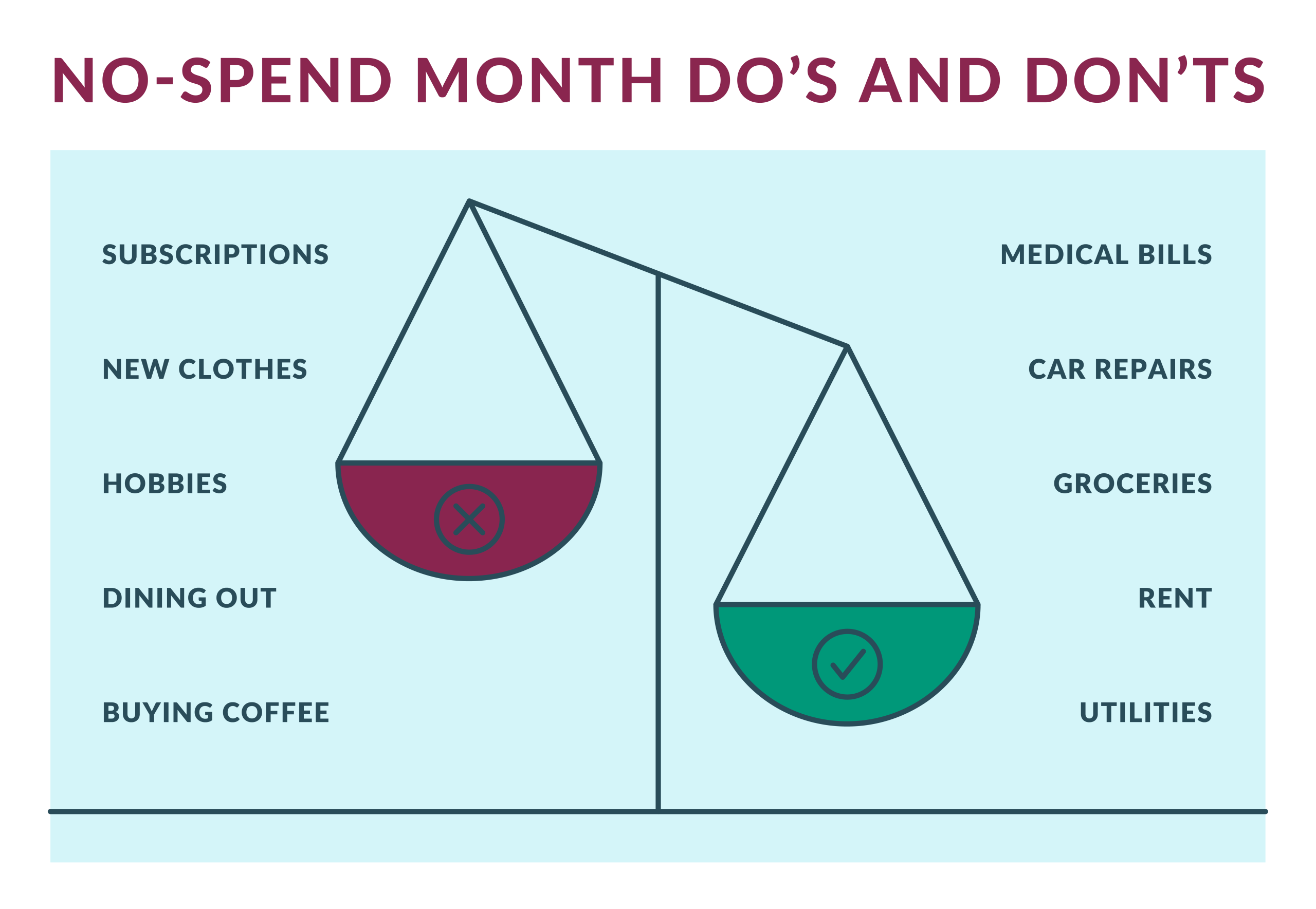Anúncios
Understanding how to get a student loan is a crucial step in financing your education responsibly. Paying for college in the United States can be overwhelming, and for many students, taking out a loan is necessary.
Whether you’re a first-time undergraduate student, a graduate student, or a parent seeking funding for your child’s tuition, there are federal and private student loan options designed to support your academic journey.
In this guide, we explain everything from “how do I apply for a federal student loan?” to “how to navigate private lenders” and understand how you qualify for a student loan — including for parents and graduate students.
You’ll also learn how to make smart loan decisions and avoid unnecessary debt.
How to get a federal student loan
Federal student loans are often the most affordable and safest loan option for students. They offer fixed interest rates, income-driven repayment plans, and do not require a credit check or co-signer.
If you’re wondering how to get a federal student loan, here’s what you need to know.
Fill out the FAFSA form
The Free Application for Federal Student Aid (FAFSA) is your starting point. It’s the official application to access grants, work-study, and student loans.
You’ll need your Social Security number, tax returns, and bank statements. Be sure to also have your parents’ financial information if you’re a dependent student.
The FAFSA opens on October 1st each year — the earlier you submit, the higher your chance of receiving aid.
Review your Student Aid Report (SAR)
Once your FAFSA is submitted, you’ll receive your Student Aid Report (SAR). This includes your Expected Family Contribution (EFC) — a key number that schools use to determine your eligibility for aid.
Review this document thoroughly and make corrections promptly if necessary; this will help speed up the correction process.
Mistakes or incomplete information can delay the processing of your financial aid and negatively impact the amounts you may receive.
Compare financial aid offers
Each school listed on your FAFSA will send you a financial aid offer, and it’s up to you to choose which one to accept.
These include grants, scholarships, work-study opportunities, and federal student loan programs such as Direct Subsidized and Unsubsidized Loans.
Always prioritize free aid first and only borrow what you need to cover remaining costs.
Complete Entrance Counseling
First-time federal loan borrowers must complete the Entrance Counseling on StudentAid.gov.
This brief online course ensures you understand the loan terms, repayment options, and your responsibilities as a borrower.
It also provides practical guidance on how to avoid default and manage your student debt responsibly over the years.
Accept your loan offer
After reviewing your aid package and completing counseling, accept your federal student loan through your school’s portal or the Department of Education’s website.
You will also sign a Master Promissory Note (MPN) — a legally binding agreement to repay the loan under the agreed terms.
Only after these steps will the loan amount be disbursed to your institution, covering tuition, fees, and other authorized expenses.
What are the requirements for a federal student loan?
If you’re wondering how to qualify for a federal student loan, here are the basic requirements:
- Be a U.S. citizen or eligible non-citizen;
- Have a valid Social Security number;
- Be enrolled at least half-time in an eligible degree or certificate program;
- Maintain satisfactory academic progress;
- Have a high school diploma or GED.
Filling out the FAFSA accurately and on time is essential to determine your eligibility.
How to get a private student loan
When federal aid is not enough to cover all college expenses, private student loans can help fill the gap.
These loans are offered by banks, credit unions, and online lenders — each with its own approval process, interest rates, and repayment terms.
Compare lenders and loan options
Start by researching multiple lenders to compare loan terms, interest rates (fixed or variable), repayment flexibility, and borrower benefits like automatic payment discounts.
Use online comparison tools to streamline this process and ensure you’re getting the most competitive rates.
Also, be sure to check the lender’s reputation by reading reviews from other borrowers and consulting agencies like the Better Business Bureau (BBB).
Check your eligibility
Private lenders assess your credit history, income, and debt-to-income ratio. A good credit score (typically 670+) improves your chances of approval and better rates.
Students with limited credit may need a co-signer, such as a parent or guardian.
Additionally, some lenders offer pre-approval with a soft credit check, allowing you to see your options without impacting your credit score.
Submit the loan application
Once you’ve selected a lender, fill out their application. You’ll need to provide personal information, school enrollment details, and financial data.
If a co-signer is required, they will also submit their financial information. Applications are typically reviewed and approved within a few business days.
Be sure to carefully review the contract terms before signing, including additional fees, payment schedules, and any late penalties.
Wait for approval and disbursement
After approval, your lender will confirm your application directly with the school. Student loan funds are typically sent to the college or university to cover costs like tuition, fees, and mandatory expenses.
If there is a remaining balance after these charges are paid, it will be disbursed to you — usually via direct deposit — to help with living expenses, food, transportation, and textbooks.
This process can take a few days or weeks, depending on the school and academic schedule, so it’s important to stay on top of each step with your institution’s financial aid office.
How do you qualify for a private student loan?
Qualifying for a private student loan depends more on credit than federal loans. Here’s what lenders look for:
- A credit score of at least 670;
- Proof of income or stable employment;
- Low debt-to-income ratio;
- Full-time or part-time enrollment in an accredited institution;
- A co-signer (optional but often helpful).
If you’re concerned about approval, applying with a creditworthy co-signer not only increases your chances but can also secure a lower interest rate.
Student loans for parents and graduate students
Both parents and graduate students have federal student loan options through the Department of Education:
- Parent PLUS Loans: Available for parents of dependent undergraduate students. Requires a credit check and offers fixed interest rates. The funds can cover the entire cost of attendance, minus any other aid received.
- Grad PLUS Loans: Designed for graduate or professional students. Like Parent PLUS Loans, they require a credit check but offer flexible repayment and deferment options.
Graduate students may also be eligible for Unsubsidized Direct Loans, which do not require a credit check and offer favorable terms.
While these loans can be essential, it’s crucial to assess their long-term impact and take out loans responsibly.
Is it hard to get approved for a student loan?
If you’re wondering how you qualify for a student loan, the good news is that federal student loans are relatively easy to access.
As long as you meet the basic eligibility criteria and complete the FAFSA, approval is almost guaranteed — with no credit check required.
Private loans, on the other hand, are more selective. Your credit profile, income level, and school enrollment will determine whether you’re approved — and at what rate.
However, with a good co-signer, many students also find private loans accessible.
Borrow smart and stay informed
- Only borrow what you need. Just because you’re eligible for more doesn’t mean you should accept it.
- Understand the interest rates and repayment terms. Fixed rates are predictable; variable rates may change over time.
- Track your loan. Use a spreadsheet or an online loan management tool to avoid surprises later.
- Explore repayment and forgiveness options. Especially for federal loans, programs like Public Service Loan Forgiveness (PSLF) may apply.
- Never skip the FAFSA. Even if you think you won’t qualify, you may still receive aid or access to low-interest loans.
Understanding how to get a student loan is crucial to financing your education the right way.
From filling out the FAFSA to comparing private lenders, knowing the process allows you to make better decisions.
Whether you choose a federal student loan program or a private option, always consider the long-term impact on your financial future.
With the right planning and information, student loans can be a useful tool — not a lifelong burden.
Want a suggestion? Also, check out our content explaining how credit cards work for those with poor credit.






